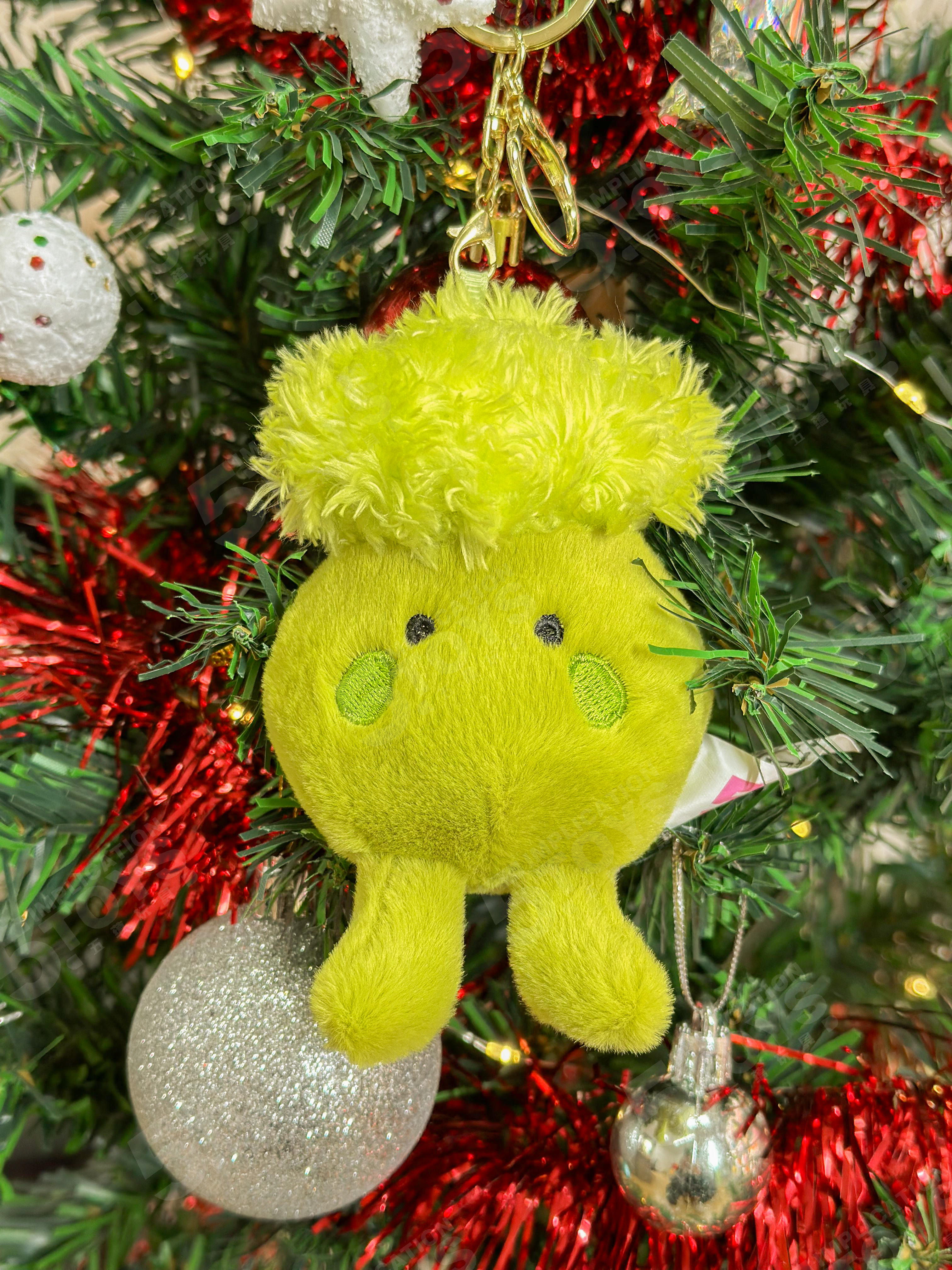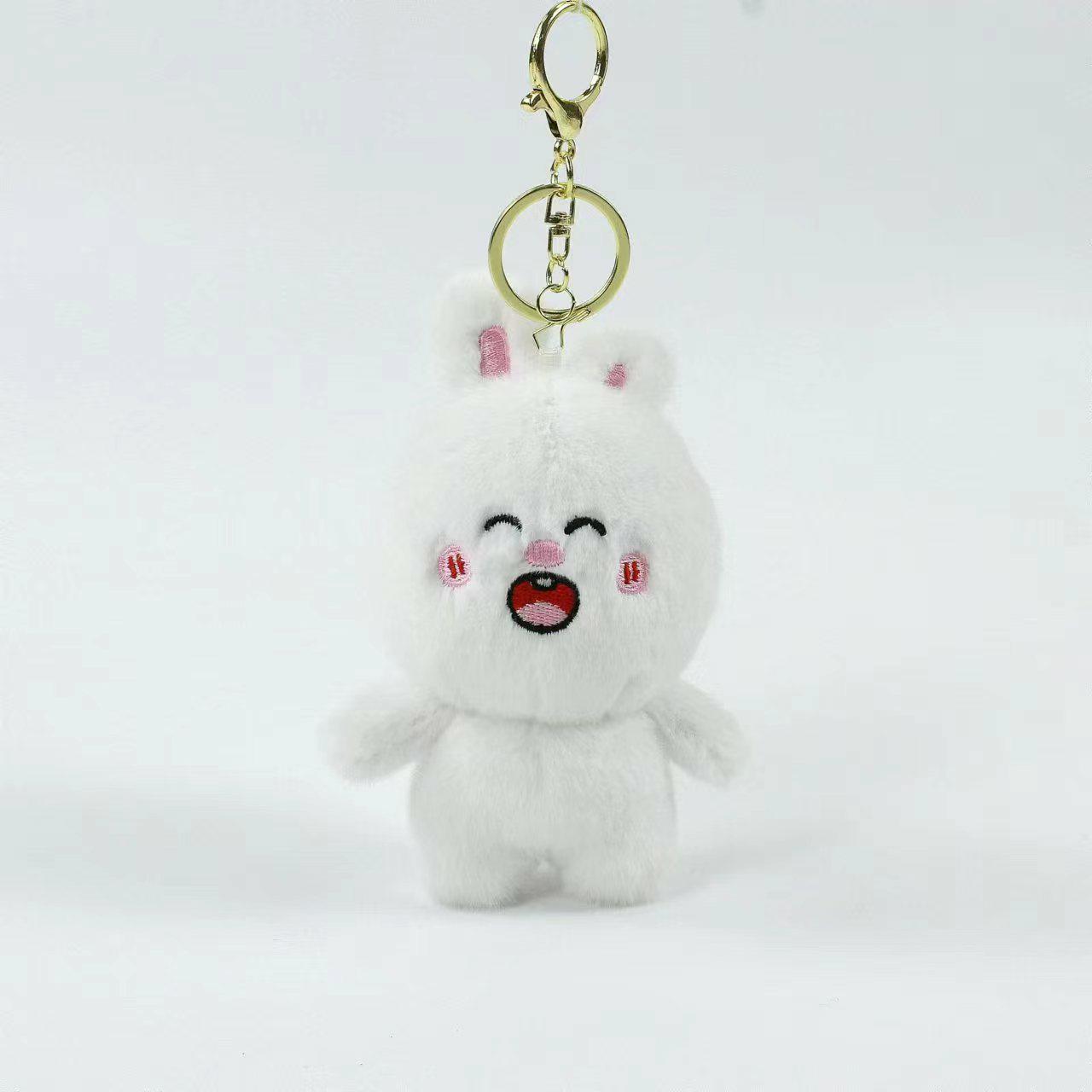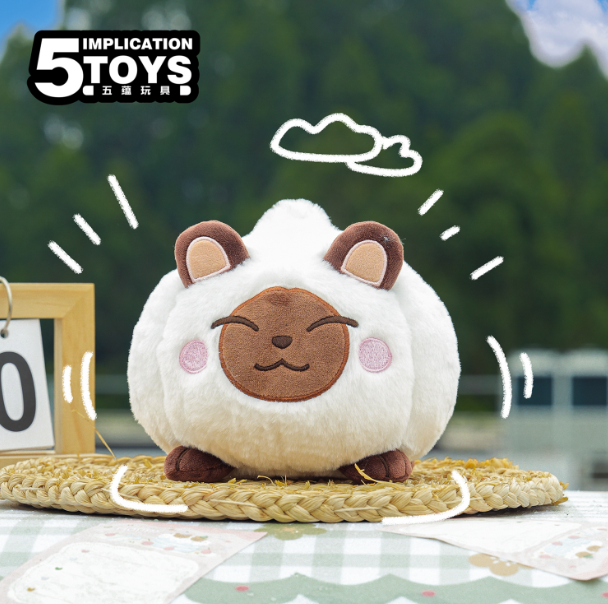When it comes to choosing toys for children, safety should always be the top priority. Plush toys, with their soft textures and adorable designs, are often a child's first companion. However, not all plush toys are created equal. Some may contain harmful chemicals, poorly sewn parts, or materials that pose risks to your child. Understanding how to identify safe and non-toxic plush toys can make a significant difference in protecting your child's health and providing long-lasting comfort.
Plush toys are more than just playthings—they are comfort objects and sometimes even tools for emotional development. Unsafe plush toys can cause choking hazards, allergic reactions, or toxic exposure from dyes, fillers, or flame retardants. Parents, especially those of infants and toddlers, must know how to choose toys that are both fun and safe.
Why Safety Matters in Plush Toys
Children, particularly young ones, explore the world through touch and taste. They often put toys in their mouths, which means any harmful chemical or small detachable part can pose serious risks. Unsafe plush toys may cause:
- Choking hazards from buttons, beads, or poorly sewn parts
- Skin irritation or allergic reactions from synthetic fibers or chemical residues
- Respiratory or digestive issues if toxic materials are ingested
Therefore, investing time in understanding safe plush toy features is essential for parents and caregivers.
Key Features of Safe and Non-Toxic Plush Toys
1. Certified Non-Toxic Materials
Look for plush toys made from certified non-toxic fabrics and fillings. Trusted certifications include:
- OEKO-TEX Standard 100: Ensures fabrics are free from harmful substances
- ASTM F963: U.S. toy safety standard
- EN71: European standard for toy safety
At Ngwantoy, plush toys are crafted using non-toxic, high-quality materials that meet strict safety standards. This ensures that children can play safely without exposure to harmful chemicals.
2. Hypoallergenic Fabrics
Children with sensitive skin may react to certain fibers. Hypoallergenic plush toys, often made from cotton, polyester, or blended fabrics, reduce the risk of irritation. Look for labels that specify allergen-free materials, especially for babies and toddlers.
3. Secure Stitching and Construction
Loose stitching or weak seams can result in lost stuffing or small parts, creating choking hazards. Before purchasing:
- Check for tight, durable stitching
- Avoid toys with small detachable parts unless intended for older children
- Inspect seams, especially at limbs and joints
Ngwantoy's plush toys undergo strict quality control to ensure every toy is built to last and safe for children of all ages.
4. Safe Dyes and Colors
Brightly colored plush toys may contain harmful chemical dyes. Safe toys use non-toxic, water-based dyes that are free from harmful substances and resistant to fading. Avoid toys with a strong chemical odor, which may indicate unsafe dyes or treatments.
5. Age-Appropriate Design
Always follow the manufacturer's age recommendations. Plush toys for infants should be:
- Soft and easy to cuddle
- Free of small parts or choking hazards
- Machine washable for hygiene
Older children may enjoy more complex plush designs, but safety should never be compromised.
Tips for Parents When Buying Plush Toys
- Check Labels and Certifications: Look for CE marks, ASTM compliance, or OEKO-TEX certifications.
- Purchase from Reputable Brands: Brands like Ngwantoy have over 20 years of combined design expertise, ensuring originality and strict safety controls.
- Read Reviews and Feedback: Other parents' experiences can help identify potential safety concerns or confirm quality.
- Avoid Homemade or Unverified Toys: Unless you know the materials and construction, homemade toys may carry hidden risks.
- Inspect Regularly: Even safe plush toys may wear over time. Check for loose threads, missing eyes, or tears.
Benefits of Investing in High-Quality Plush Toys
Choosing safe and non-toxic plush toys brings several advantages:
- Durability: Well-constructed plush toys withstand daily play, reducing the need for frequent replacements.
- Emotional Comfort: Soft, safe toys provide children with a sense of security, companionship, and stress relief.
- Long-Term Value: Original designer toys, like those from Ngwantoy, can retain value and even become collectibles.
- Peace of Mind: Parents can confidently provide toys knowing they are free from harmful substances.
Why Choose Ngwantoy Plush Toys
Founded in 2021, Ngwantoy specializes in original designer plush toys that combine high-quality craftsmanship with safe materials. Each toy undergoes strict quality checks to ensure durability, non-toxicity, and child-friendly design. Parents and collectors alike can trust Ngwantoy for toys that are not only visually appealing but also safe for everyday use.
By choosing Ngwantoy, you are investing in:
- Certified, non-toxic materials
- Hypoallergenic fabrics and safe dyes
- Durable, well-constructed plush toys
- Unique, collectible designs that appeal to both children and adults
Conclusion
Safety should never be compromised when selecting plush toys for children. By focusing on certified materials, hypoallergenic fabrics, secure construction, and trusted brands, parents can provide toys that are both fun and safe.
Ngwantoy offers a wide range of safe, non-toxic, and high-quality plush toys, making it easy for parents to choose toys that their children will love and cherish. Invest in plush toys that provide comfort, joy, and peace of mind, ensuring every cuddle is safe and enjoyable.
Common Questions About Plush Toy Safety
Q1: Are all soft toys safe for infants?
Not necessarily. Only plush toys specifically designed for infants, with hypoallergenic materials and no small parts, are considered safe for babies.
Q2: How can I tell if a plush toy is non-toxic?
Check for safety certifications such as OEKO-TEX, ASTM F963, or EN71, and avoid toys with strong chemical smells.
Q3: How often should plush toys be cleaned?
Machine-washable toys should be cleaned weekly for babies or monthly for older children, especially if they are frequently used.




